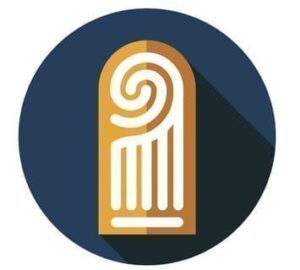The Government Institutions Pension Fund (GIPF) of Namibia has announced a new biometric verification mobile application and handheld devices, launching the tools in Okandjira, Ovitoto, in the Otjozondjupa Region. The tools are designed to simplify the verification process for pensioners, ensuring that beneficiaries receive timely pension payments.

At the launch event, Martin Inkumbi, the Chief Executive and Principal Officer of GIPF, emphasized the importance of biometric verification for pensioners, child beneficiaries, and spousal annuitants, who must provide proof of life three times a year. This requirement, while essential for preventing fraud and ensuring the Fund’s sustainability, has posed logistical challenges for many, particularly due to the need for frequent travel to GIPF offices. The biometric system aims to address these challenges by allowing beneficiaries to complete their verification process from regional offices and, ultimately, from their own homes using the new mobile app.
“We have heard the appeals to improve our biometric verification process and therefore introduced integrating digital transformation to streamline our business processes by embracing new and emerging technologies for the benefit of our members and their beneficiaries,” he said.
The initial rollout of handheld biometric verification devices will take place in 13 constituency offices across Namibia, including offices in Rehoboth Rural, Mukwe, Khorixas, Okongo, and Tsumkwe. The pilot phase will provide the GIPF with insights to ensure effective nationwide implementation in the future.
The mobile verification application, now available for Android devices, offers a self-service tool for pensioners and beneficiaries, enabling them to verify their status from the comfort of their homes. An iOS version is expected soon, which will further extend the application’s accessibility.
The move is part of a growing trend in Africa. In Nigeria, the Pension Transitional Arrangement Directorate (PTAD) has implemented a biometric verification system to eliminate “ghost” pensioners and improve the accuracy of payment distribution. The system requires pensioners to undergo biometric capture, such as fingerprint or facial recognition, allowing the government to authenticate recipients efficiently.
Similarly, Ghana has introduced biometric verification through the Social Security and National Insurance Trust (SSNIT). SSNIT collects biometric data from pensioners and provides self-service biometric kiosks across the country. These kiosks allow pensioners to verify their identity quickly and securely without needing to visit central SSNIT offices, a convenience especially beneficial for those in rural areas.
In Kenya, the government has incorporated biometric verification into its broader eCitizen platform, a digital hub for various government services. Kenyan pensioners can verify their identity at local offices using biometric handheld devices that capture fingerprint data. The Kenyan government has also explored expanding its biometric system to include mobile applications, potentially allowing even more convenient, at-home verification in the future.
South Africa has a well-established biometric verification system through the South African Social Security Agency (SASSA). SASSA captures fingerprints from beneficiaries during registration and uses this data for verification at payment points. Additionally, the agency has tested mobile biometric tools and smart card systems, which allow pensioners to access their funds securely. However, SASSA has lately come under criticism for its implementation of biometric verification in its Social Relief of Distress (SRD) social subsidy, with claimants reporting difficulties due to lack of smartphones and internet access.
Source: Namibia Economist
–
October 11, 2024 – by Ali Nassar-Smith








Follow Us